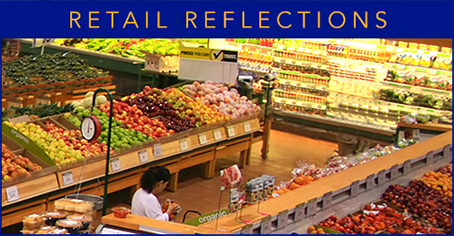Welcome to Blue Book!
Are you ready to join the thousands of companies who rely on Blue Book to drive smarter decisions? View our plans and get started today!
Still have questions? We’d love to show you what Blue Book can do for you. Drop us a line– we’ve been waiting for you.

One of the central elements that has governed historical transactional activities in the produce industry is the law of “supply and demand.” I have always found it fascinating that fresh produce is one of the few industries where the price is the highest when quality is generally the worst. When the market gets tight, buyers have few options: take what they can get, or get none at all. Worse yet, they must pay exorbitant prices for whatever may be available at the time.
What has also been interesting to watch is how this supply and demand nature has influenced the culture of the buyer/seller relationship, and the “myths” that have developed as a result. Here are a few that have always captured my interest:
“I paid the lowest price for x today”—as someone who has sat on both sides of the buyer’s desk, I can assure you this is one of the biggest myths in the business. Someone ALWAYS received a better price, especially since there are so many variables influencing what any buyer pays on a given day. An interesting aside to this myth is the notion that the biggest buyers pay the lowest price. Nothing could be further from the truth. Because there has been significant consolidation at retail, it has become more of a challenge to get the quantity and quality necessary just to cover daily replenishment.
“I sold my x for the highest price today”— Similar to the example above, there are simply too many circumstances that influence daily transactions to make this true, including the obligatory ‘dance’ between buyers and sellers. Both parties typically hang up the phone thinking they have achieved the best price from their point of view.
This also ties into another cultural evolution created by the laws of supply and demand: the means by which success in transactional activities is often measured. We call this measurement barometer “the market”—and it has become a key standard in how careers have been made or ruined. Buyers are always trying to pay less and growers are always trying to get more, which brings us to the next myth: the “market” as an indicator of what any buyer is actually paying for a product. While USDA price averages may offer some directional guidance, there are, once again, far more scenarios that govern the buyer/seller relationship.
For example, in the foodservice industry it’s more important to have stable pricing. Menus can’t be changed with every up or down movement in the market. And at retail, contracting produce pricing is more about quantity and quality requirements. But assume, for a moment, that a buyer actually DID pay the “market price” for a given commodity. Did the item make good arrival? What were the payment terms. Did the buyer actually live up to those terms? All of this leads to our next myth.
Growers lose money if they sell for less than the market. I call this “grower math”—and it goes like this: it costs Grower A $6.50 to produce a commodity, which he/she sells for $10.00 each.




